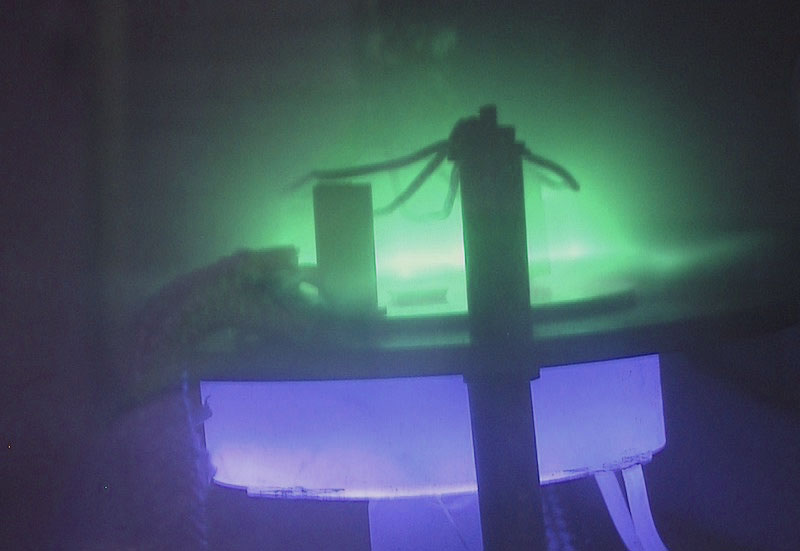Introduction
Thin-film deposition techniques are pivotal in shaping the properties of materials across various industries. Among these techniques, Physical Vapor Deposition (PVD) and Chemical Vapor Deposition (CVD) stand out, offering unique approaches to coating materials onto substrates. In this exploration, we delve into the critical factor of temperature, comparing the temperature dynamics of PVD and CVD and unraveling their implications.
Temperature Dynamics in PVD
Physical Vapor Deposition encompasses evaporation and sputtering processes, both of which operate at relatively low temperatures. This characteristic holds significant advantages, particularly for preserving the integrity of temperature-sensitive materials. These lower temperatures make PVD suitable for a broad range of applications, from electronics to automotive industries.
The evaporation process involves transitioning materials from a solid to a vapor state, while sputtering entails ejecting particles from a target material. This physical approach not only ensures the preservation of material properties but also allows for the coating of temperature-sensitive substrates.
Temperature Dynamics in CVD
Contrastingly, Chemical Vapor Deposition relies on chemical reactions to deposit thin films onto substrates. This method operates at significantly higher temperatures than PVD. The elevated temperatures are essential for the chemical reactions to take place, presenting challenges, especially when coating materials onto tools made of high-speed steel.
Chemical Vapor Deposition offers precise control over the composition and structure of the deposited films, making it a preferred choice in semiconductor manufacturing, aerospace, and the production of advanced materials. However, the high temperatures involved can impact the hardness of tools, necessitating additional heat treatments, such as vacuum heat treatment, to restore their properties.
Comparative Analysis
The temperature differences between PVD and CVD play a crucial role in determining their applicability. PVD’s relatively low operating temperatures provide versatility, allowing for the coating of temperature-sensitive materials. In contrast, CVD, with its higher temperatures, demands careful consideration, particularly when dealing with tools made of high-speed steel.
Material compatibility is another aspect influenced by temperature differences. PVD proves to be suitable for a broad range of materials, including those sensitive to high temperatures. On the other hand, CVD may require additional post-coating treatments to restore the hardness of tools, ensuring optimal performance.
A practical example highlighting the necessity of vacuum heat treatment in CVD for tool coatings emphasizes the intricate relationship between temperature dynamics and the performance of coated materials. Tools subjected to CVD processes may experience a loss of hardness, underscoring the importance of understanding and managing temperature variations in thin-film deposition.
Link to the Comprehensive Guide: Exploring the Temperature Dynamics in Thin-Film Deposition: A Comparative Analysis of PVD and CVD
Conclusion
In conclusion, the temperature dynamics in thin-film deposition techniques are pivotal factors influencing the choice between PVD and CVD. Understanding the operating temperatures, material compatibility, and the impact on specific applications is crucial for making informed decisions. As industries continue to push the boundaries of material science, the balance between temperature considerations and desired outcomes remains at the forefront of thin-film deposition advancements.

